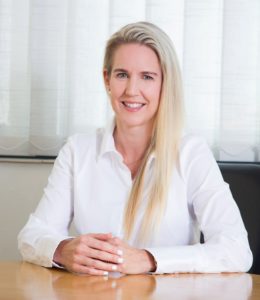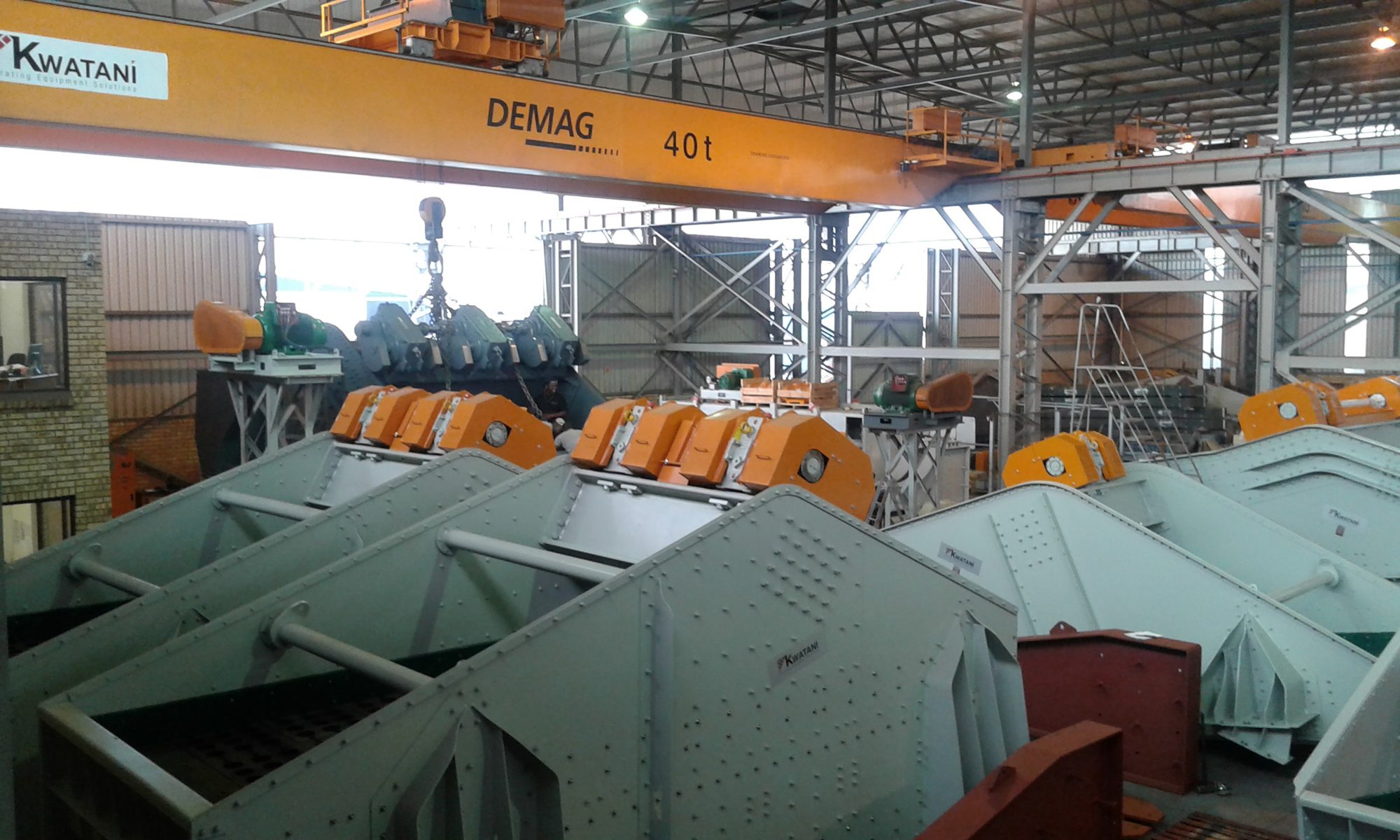Business as usual is how Kim Schoepflin CEO of Kwatani describes the news of the closing date of the transaction whereby Sandvik Rock Processing Solutions and Kwatani signed an agreement for the multi-national Sandvik Group to acquire the shares of this 45-year-old leading vibrating screen and feeder OEM. Schoepflin says when the exciting transaction, which was subject to regulatory approvals and customary conditions, was made known to the mining and materials handling industries earlier this year it was exceptionally well received by the markets, from both potential and existing customers.

Kim Schoepflin, CEO of Kwatani
“Kwatani has operated its world class production facility in South Africa for more than 45 years, and both Sandvik and Kwatani are technology leaders so bringing our combined resources to customers will be of enormous benefit,” she says. “What is most significant for the South African industry is that the collaboration is aligned with our government’s industrialisation strategy. Furthermore, Kwatani is known for its commitment to compliance with the South African Mining Charter and we are a proudly Level 2 B-BBEE company.”
Add to this, and a game changing move for the South African economy is that the Kwatani facility is set to become the global engineering and manufacturing base for vibrating screens and feeders for both local and international customers. The internationally recognised Kwatani brand, with its promise of being engineered for tonnage, will remain unchanged and the Kwatani brand will continue to be used across Africa while products sold internationally will be sold through the Sandvik sales channels under the Kwatani product name.
Schoepflin says that also exciting for the market is that Sandvik will further develop the Kwatani vibrating equipment brand globally. “This will see increased access to the Kwatani product through Sandvik’s global distribution network and customers will benefit by having access to a vastly increased customer service network. Sandvik will also, through its global technology resources, provide access to monitoring and automation processes as well as access to its extensive R&D facilities which include simulators.” This, Schoepflin says, will provide opportunities for driving efficiency arising from the advance of artificial intelligence in the Fourth Industrial Revolution and will significantly empower the process of cost effective customisation.











